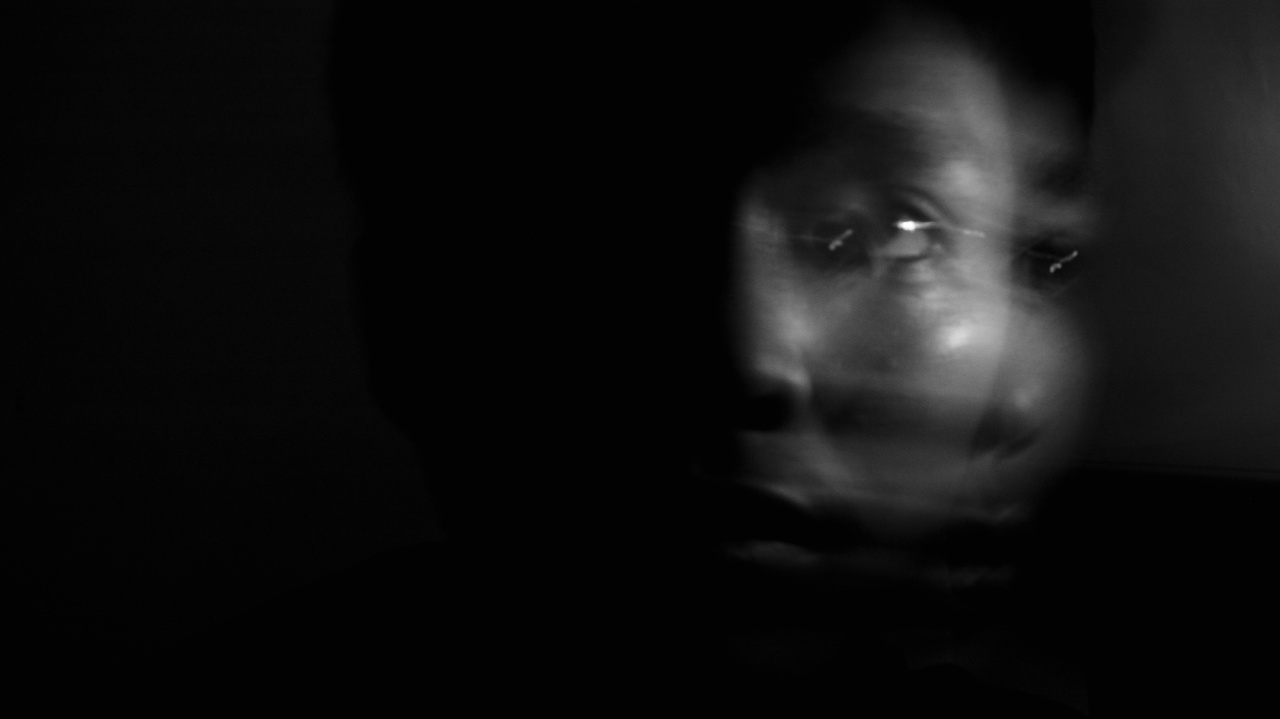Depression is a common mental health disorder that affects millions of people worldwide.
While several factors contribute to the development of this condition, emerging research suggests that minimal light exposure may play a significant role in increasing the risk of depression. The human body relies on light to regulate various physiological and psychological processes, and when these are disrupted, it can have a profound impact on mental well-being.
Understanding the Relationship Between Light and Depression
Light exerts a powerful influence on our internal body clock, also known as the circadian rhythm. This biological clock regulates our sleep-wake cycle, mood, and other physiological functions.
Adequate exposure to natural light helps keep this finely tuned system in balance.
Studies have shown that a lack of exposure to natural light can disrupt the circadian rhythm, leading to alterations in melatonin production and other neurochemical imbalances.
Melatonin is a hormone that helps regulate sleep patterns, and its disruption can contribute to symptoms of depression, including insomnia and disrupted sleep.
Furthermore, minimal light exposure can affect serotonin levels in the brain. Serotonin is a neurotransmitter that plays a crucial role in mood regulation, and its reduction can lead to depressive symptoms.
The Impact of Minimal Light Exposure on Mental Health
Several studies have revealed a clear link between minimal light exposure and mental health disorders, particularly depression.
1. Seasonal Affective Disorder (SAD)
Seasonal Affective Disorder, also known as SAD, is a type of depression that occurs with seasonal patterns. It is closely associated with reduced exposure to natural light during the winter months when days are shorter and sunlight is limited.
Individuals with SAD often experience typical depressive symptoms, such as low mood, fatigue, irritability, and changes in appetite and sleep patterns.
2. Shift Work Disorder
Shift work disorder affects individuals who work irregular or night shifts, preventing them from experiencing regular exposure to natural light. This disruption of their circadian rhythm can lead to sleep disturbances and depressive symptoms.
Studies have found a higher prevalence of depression among shift workers compared to individuals with regular daytime working hours.
3. Urban Environments and Depression
Urban environments often lack sufficient exposure to natural light due to the high number of buildings, limited green spaces, and increased air pollution.
Numerous studies have shown an association between living in urban areas and an increased risk of depression. The minimal light exposure in these environments is believed to play a significant role in the development of depressive symptoms.
4. Technology-Driven Lifestyles
In today’s digital era, people spend a significant amount of time indoors and in front of electronic screens, reducing their exposure to natural light.
The excessive use of devices such as smartphones, tablets, and computers not only limits light exposure but also disrupts sleep patterns. This electronic light exposure, especially during the evening and nighttime, can disturb the circadian rhythm and increase the risk of depression.
The Importance of Light Therapy
Light therapy, also known as phototherapy, is a common treatment option for individuals with depression, especially those experiencing SAD or shift work disorder. It involves exposure to bright artificial light that mimics natural sunlight.
Light therapy works by compensating for the lack of natural light exposure, helping to regulate the circadian rhythm and restore neurochemical balance.
The therapy usually involves sitting in front of a special light box for a specified period, typically in the morning when natural light is most effective in resetting the body clock.
Research has demonstrated the effectiveness of light therapy in improving depressive symptoms and stabilizing mood. It is a non-invasive, safe, and well-tolerated treatment option that can be used alongside other therapies or medications.
Preventing Depression through Light Exposure
While it may not always be possible to control environmental factors related to light exposure, there are several steps individuals can take to support mental well-being and reduce the risk of depression:.
1. Spend Time Outdoors
Make an effort to spend time outdoors, especially during daylight hours.
Engage in outdoor activities, such as walking, biking, or gardening, to increase exposure to natural light and enjoy the many benefits sunlight offers for mental and physical health.
2. Maximize Natural Light at Home
Keep curtains and blinds open during the day to allow natural light into your living spaces. Consider positioning furniture near windows to maximize light exposure.
If natural light is limited in your home, consider using bright artificial lighting to compensate.
3. Prioritize Regular Sleep Patterns
Establish a consistent sleep routine by going to bed and waking up at the same time each day. Limit electronic device use before bedtime, as the blue light emitted by screens can disrupt sleep patterns and contribute to depressive symptoms.
4. Light-Enhancing Supplements
Some studies suggest that light-enhancing supplements, such as melatonin or vitamin D, may help regulate sleep-wake cycles and improve symptoms of depression in individuals with limited light exposure.
However, consult with a healthcare professional before considering any supplements.
Conclusion
Minimal light exposure can significantly increase the risk of depression and other mental health disorders. Understanding the importance of light in regulating our circadian rhythm and neurochemical balance is vital for overall well-being.
By prioritizing natural light exposure, seeking outdoor activities, and considering light therapy as a treatment option, individuals can reduce the risk of depression and improve their mental health.





























